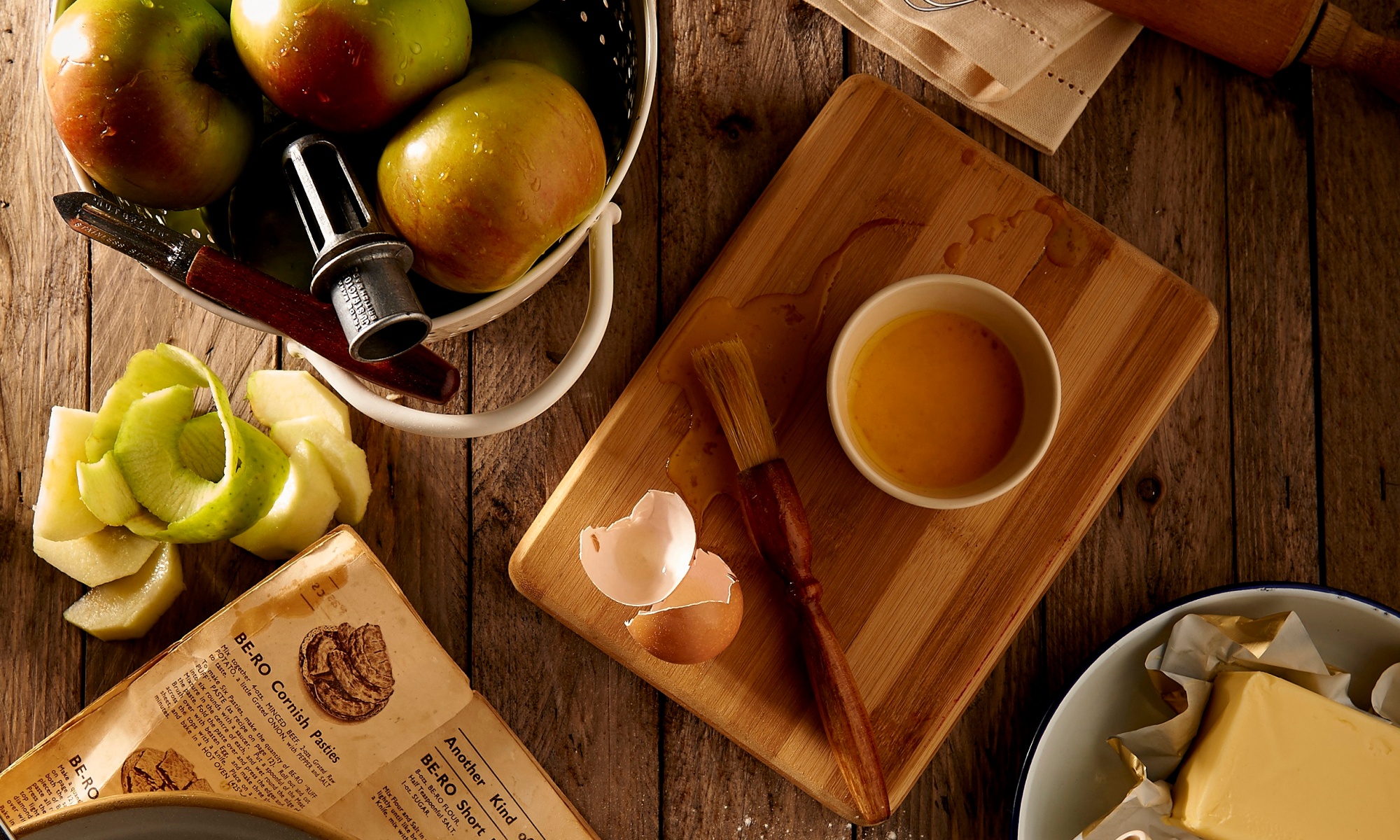This study caught my eye because we struggled with Fleur voraciously eating after daycare and after-school care. She’d eat a meal’s worth transitioning from care to home. It made dinner trickier because she’d not be hungry at dinner time. It made me wonder about whether or not she was getting fed.*

The study found children tended to eat far better than average in the hour after getting to care and worse than average in the hour after leaving care. Of course, the problem with the study is the child-care centers were federally subsidized and were required to feed along specific guidelines that are better than what most parents provide in terms of snacks.
Fleur’s care environments, I think, haven’t faced the requirements of meeting any of these standards, and so they haven’t. She gets better dietary intake at home than in care. Not that she got terrible food, but she’s definitely gotten more along the lines of sugary and salty snacks in care than at home. I kind of think KNOWING the food she got in that environment was not ideal, when we picked her up, we made sure to balance by providing fruits and veggies. I’d really like to know if care facilities not getting money to ensure nutrition saw the same unhealthy behaviors from parents.
Knowing her school gets USDA money, her breakfast and lunch are healthy-ish. Not great, but better than it was in daycare. The snacks aren’t covered and come from parental donations. They show this study *
* I think, when she’s with her bestie, she plays instead of eats. They talk, pretend, observe, and pretty much do ANYTHING other than eat when together. And then when separated: I’m HUNGRY! At best, we can get Fleur to eat the bare minimum.









